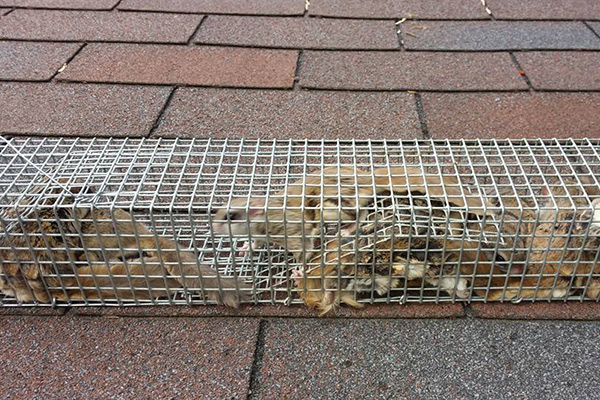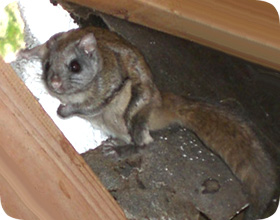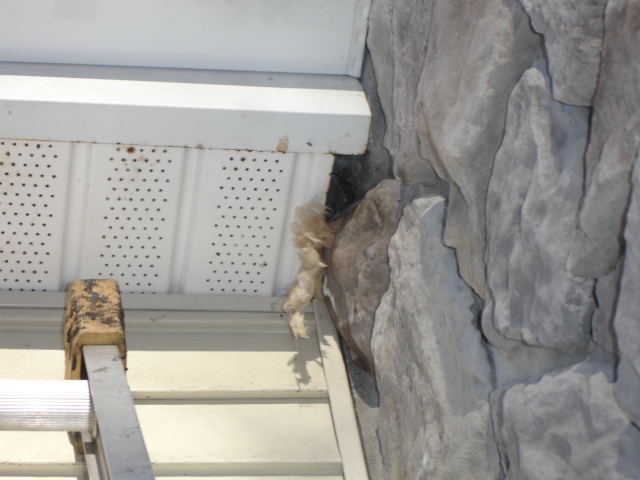Flying squirrels are often animals that will follow where others have gone so if one animal can find their way into the attic then others can too unless the entry points are sealed.
Flying squirll attic entry points.
Squirrels can get stuck in attics eaves soffits and even crawl spaces.
How to lure a flying squirrel out of the house.
Also listen for scurrying and scampering noises at night although other animals may cause these noises.
Check for gaps or holes in your gutters roof downspouts and your walls.
Juvenile squirrels and sometimes adults may fall into wall cavities and be unable to climb out making persistent scratching noises as they try to escape and eventually dying if they can t.
They re fighting over the attic.
Flying squirrels like to go to the bathroom in one area in your attic.
Squirrels have a tendency to enter homes through even the smallest holes.
Plastic and aluminum roof vent covers are easily chewed by squirrels so that they can get inside.
They will find entry points at already damaged areas of the home and construction gaps or they will chew their way in.
Drops thuds or bumps on your roof or attic.
These squirrels can glide for long distances.
Fix any broken windows or cover them with cardboard to help prevent entry.
For this job it is often best to invite a professional to examine the attic and to repair any holes or weak points in the roof space where more flying squirrels could enter.
They re probably what s scratching your attic at night.
They all point to flying squirrels in your attic especially if you only eat them at night which is when they re most active.
These measures may include thoroughly inspecting your home for potential entry points.
Dealing with a flying squirrel is similar to dealing with bats.
Pests see this as an invitation to come in.
If there are any holes in the attic that are too small for other squirrels to fit through but close to trees there is a good chance flying squirrels are what is visiting your attic.
Flying squirrel removal can be tricky because these animals are small and can go into very tiny holes and gaps.
The first sign of a squirrel in the attic is usually the sound of scampering during the day as they come and go on foraging trips.
But the principles of mounting the trap s or exclusion doors on the entry exit hole plus sealing shut all other points of entry still apply.
This is a list of seven common entry points of squirrels.
The only time you do see scattered fecal matter in your attic for flying squirrels is when there s two different kinds of families in there.
How to get rid of flying squirrels in the attic first you have to determine you are in fact dealing with flying squirrels.
To help prevent flying squirrels from entering your attic consider taking preventive measures.









